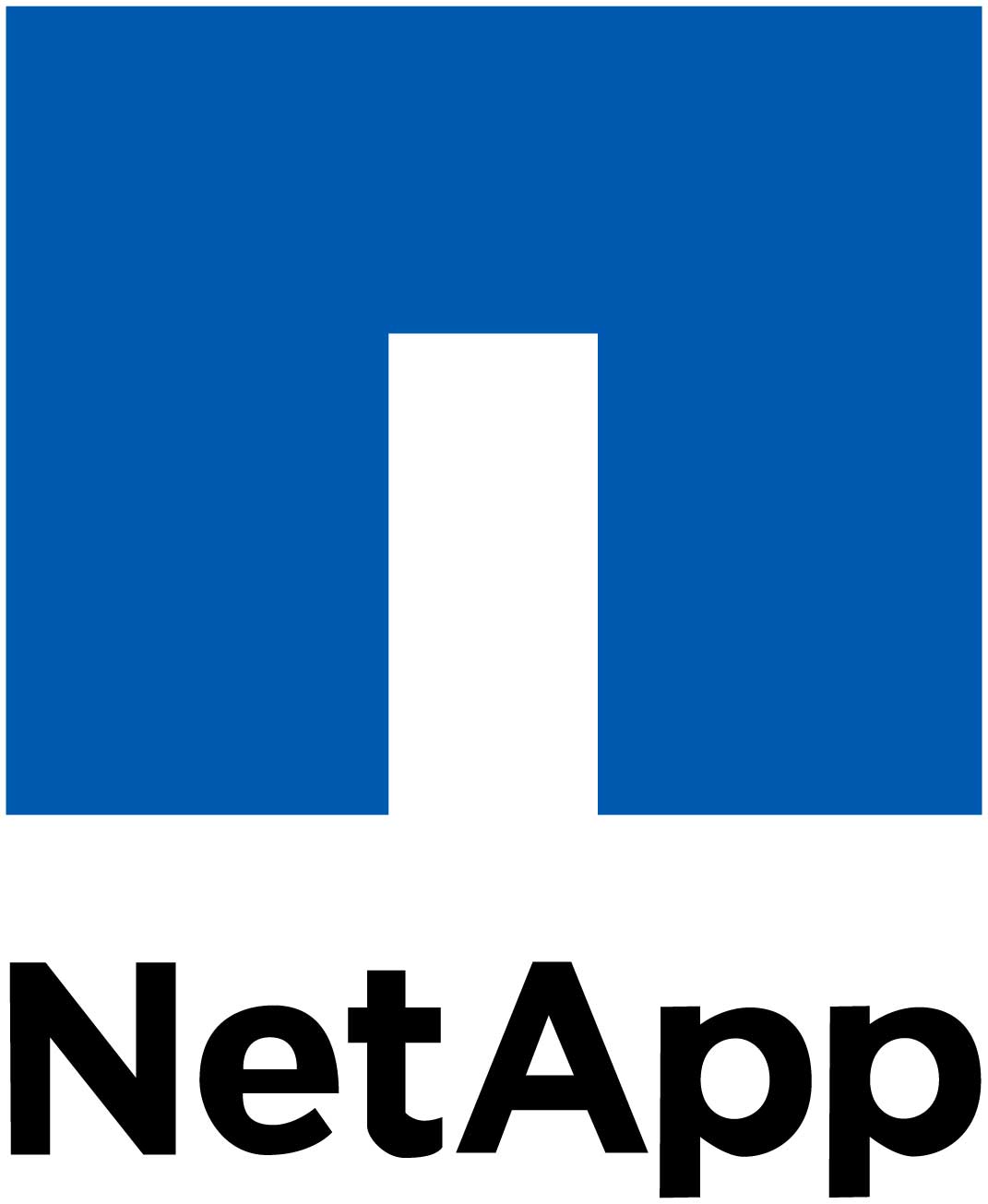 The cloud is dead. Long live the hybrid cloud. That’s the stance taken by NetApp as it announced the Data ONTAP solution and billed it as a “universal data platform” across multiple cloud environments.
The cloud is dead. Long live the hybrid cloud. That’s the stance taken by NetApp as it announced the Data ONTAP solution and billed it as a “universal data platform” across multiple cloud environments.
“Our vision,” said Jay Kidd, senior vice president and chief technology officer at NetApp, “is to create an enterprise data management solution, with the clustered Data ONTAP operating system at its core, which will span the customers’ data storage landscape, irrespective of data type or location.”
Public clouds are being increasingly complemented with, or in many cases replaced by, private cloud counterparts. Some of this is inevitable in the post-Snowden era, where “public cloud” has taken on a grim new meaning.
But security’s not the only issue at stake: data accessibility, regulatory bodies, and proprietary lock-in are all worries that are at least as big.
 NetApp’s solution is a universal data platform where it doesn’t matter which cloud is in use, from what vendor — or even if it has no vendor at all but was built from scratch using OpenStack, since NetApp claims to be ramping up API integration with OpenStack. Makes sense, since NetApppreviously contributed Data ONTAP Clustering drivers to the “Folsom” version of the OpenStack project.
NetApp’s solution is a universal data platform where it doesn’t matter which cloud is in use, from what vendor — or even if it has no vendor at all but was built from scratch using OpenStack, since NetApp claims to be ramping up API integration with OpenStack. Makes sense, since NetApppreviously contributed Data ONTAP Clustering drivers to the “Folsom” version of the OpenStack project.
Intriguing stuff, made more so in light of how this might well bring NetApp into direct competition with a number of other SDN fabric and hybrid cloud players. For example, whereas NetApp has already aligned itself with Cisco to provide other components for Data ONTAP, an alliance between Juniper and HP offers an alternative enterprise-networking fabric to make it easier for virtual machines to be shifted across SDNs between hypervisors.
Given that Cisco is slowly losing its bottom end to commodity solutions based on Linux (such asCumulus Linux), it makes sense for Cisco to concentrate on helping creating high-end fabric. And Cisco and NetApp have a hand in contributing to OpenStack. In a blog post, David Dale, director of industry standards at NetApp, said OpenStack deployment “isn’t for the faint of heart. It’s complicated.” But Dale also expected to see “a dramatic increase in deployments in the coming 12 months” (through April 2014).
The biggest changes for the cloud aren’t just in the move toward hybrid architectures. Instead, it’s how those architectures — hybrid or not — are becoming platforms, where building on top of them doesn’t require knowing where they are or what the manufacturer is.
In the best of worlds, it’s a win on multiple fronts: The creators of the underlying cloud platform can innovate that much more, while companies like NetApp can abstract away the work needed to take advantage of those innovations. But it might well be just as likely to create a scenario where customers become dependent on a whole new vendor — NetApp — for their cloud-fabric needs.





